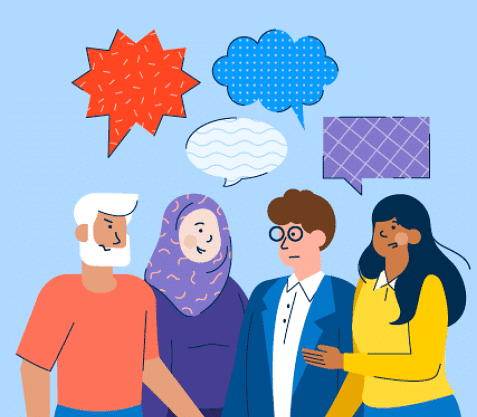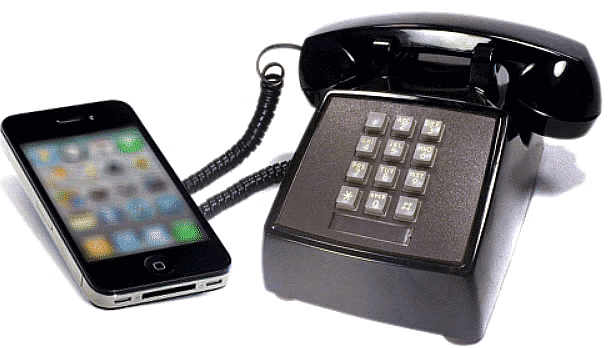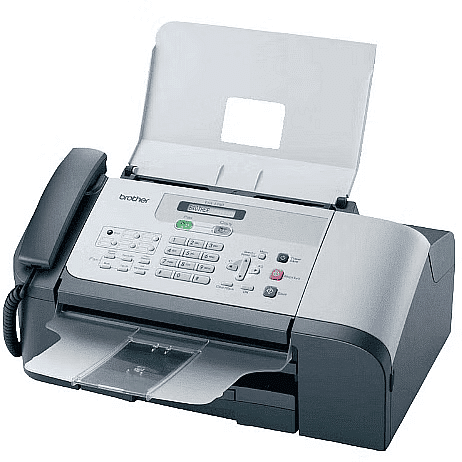Communication - 2 Class 3 Worksheet SST

Q1: Fill in the blanks
(i) Communication is divided into two groups :_________and _______ Communication.
(ii) A weekly magazine comes out every _______ days.
(iii) The first ever newspaper it was published in _______.
(iv) _____________ invented the telephone.
(v) The full form of PIN code is ____________.
Q2: Write true or false for following.
(i) Television can only cater to kids.
(ii) Internet can be used for both personal as well as mass communicable.
(iii) Communication is of three types.
(iv) Mobile phone is more popular than landline phone.
(v) Only rural messages can be sent through a Fax machine.

Q3: Answer the following questions briefly
(i) What is personal communication?
(ii) What is mass communication?
(iii) What is transistor?
(iv) What is an SMS?
(v) What is the full form of STD and ISD code?
Q4: Answer the following questions details
(i) What is communication?
(ii) How are computers and internet used for personal Communication ?
(iii) What is a Fax machine?

(iv) What makes cinema and importance means of mass communication?
(v) Give some examples of medium of personal communication.
You can access the solutions to this worksheet here.
FAQs on Communication - 2 Class 3 Worksheet SST
| 1. What is communication? |  |
| 2. How does effective communication contribute to personal and professional success? |  |
| 3. What are the barriers to effective communication? |  |
| 4. How can one improve their communication skills? |  |
| 5. How can technology impact communication? |  |
















